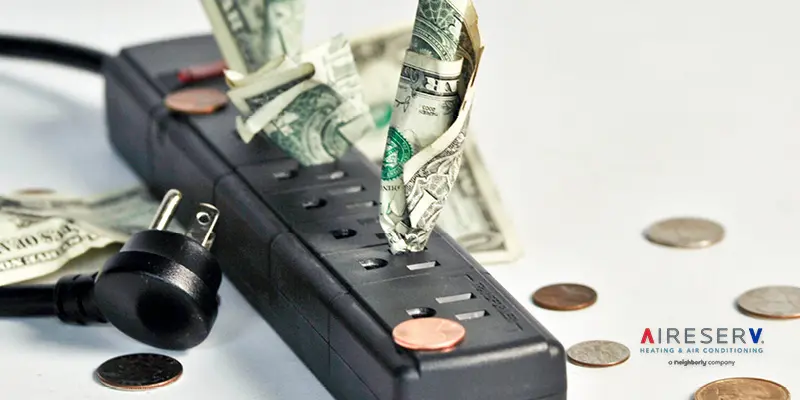
Searched the ends of the World Wide Web trying to figure out what energy efficient improvements are tax deductible? Unfortunately, unless your project involves something within the realm of solar, there aren’t any at this time. That doesn’t mean you’re out of luck, though. Your state or city may have a list of tax deductible home improvements, and opportunities exist in the rebate arena as well for helping you achieve a more energy efficient house….
State & Local Incentives to Help Offset the Cost of Energy Efficient Home Improvements
Most states offer energy efficiency incentives through various programs to help homeowners offset energy costs and protect the environment. The Federal Energy Management Program's (FEMP) Energy Incentive Program offers information on opportunities existing within each state. Or you can check out this comprehensive listing of current incentives near you by searching by zip code at the DSIRE website. DSIRE touts itself as ‘the most comprehensive source of information on incentives and policies that support renewables and energy efficiency in the U.S.’
Utility Incentive Programs
Utility providers (water, electric, gas, etc.) often offer energy efficiency incentives, including some which you may already unknowingly be benefitting from. Ask your utility services providers about rebates for Energy Star and WaterSmart devices, as well as…
- Demand-response programs
Electricity providers typically charge more per kilowatt-hour for usage during peak (high-demand) times. Shifting or reducing electrical use during these times offers substantial savings. Contact your utility provider to uncover peak/off-peak hours of use, which vary from season to season. - Load management programs
Allowing your utility provider to install a small, remote or radio controlled device to your air conditioner, home heating system, or water heater so they can cycle these high-energy devices on/off during periods of peak demand, could lower your utility bills or yield financial incentives.
Rebates to Help You Save Money on Efficiency Improvements
On occasion, device manufacturers and your local utility company also sometimes offer rebates as incentive to upgrade aged appliances to newer, more efficient models. Unlike tax and utility credits, rebates will net your cash money – eventually. However some paperwork is inevitably required, such as copying receipts, proof of purchase, and model numbers, as well as the expected form. Simply fill out, mail-in, and mark your calendar so you can stay on-top of your rebate check. What types of appliances typically qualify for energy efficiency rebates? The most likely candidates typically fly the Energy Star logo:
- Central HVAC
- Programmable thermostats
- Fans
- Fridges & freezers
- Dishwashers
- Washing machines
- Water heaters
- CFL & LED lighting & fixtures
- Windows, doors, & skylights
- Insulation
- Roofing products
What if I Actually am Adding a Solar Energy System?
There are a host of solar energy systems tax credits available for both existing homes and new construction. Benefits go down as years pass, however, so it pays to be on-the-ball. Credits of 30% are available through 2019; 26% through 2020; and 22% through 2021. Each of these credits has no upper limit.
Looking to take a bite out of your monthly energy expenditures? Explore an array of ways you can save with the help of Aire Serv® today.

